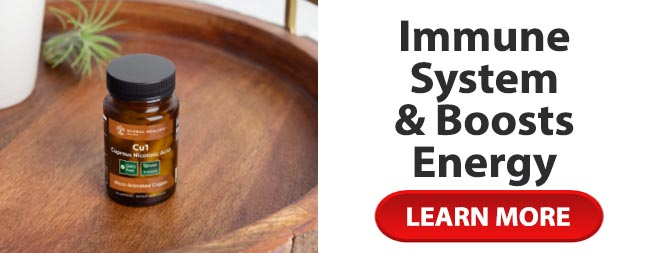Skin cancer is a skin disease that ranges in the areas of mild to the potentially more serious form of melanoma. Skin cancer is the #1 cancer type and each year more and more skin cancer is diagnosed, averaging over a million in the United States alone.
Because people are not as cautious about their skin as they are with other parts of their body, skin cancer often goes unrecognized at first. Individuals may not be as alarmed at changes in their skin’s moles and growths, as they would be with other health abnormalities, such as persistent heartburn, increasing pain or blood in the stool.
Prevention is the key to avoiding skin cancer. Prevention is possible using a variety of key measures. By not implementing these measures you may increase your potential for developing any of the different types of skin cancer. A few simple changes to your lifestyle choices can greatly reduce your risk. Below are some of the preventative measures that will help to prevent skin cancer in the future.
Skin cancer prevention measures:
The sun’s rays help to make vitamin D in your body, so the sun is not necessarily a bad thing. Knowing how much and at what times to avoid the sun is what you should strive for. To avoid the most intensive UV rays attempt to stay out of the sun between 10 am and 4 pm. If you must be out in it, you would definitely benefit from covering up a little bit. Wear a hat with a wide brim to avoid sunlight on the facial areas and sunscreen to protect the face and the rest of the body.
Wear sunscreen daily on your hands and arms which receive sun exposure while driving. This will also help to reduce the appearance of sunspots and aging in your hands.
Wear sunscreen while working at the office if you work under UV lights. You might not realize that the daily exposure to the UV lights in the office can also increase your risk of skin cancer and also speed the appearance of aging to your skin.
Try to stay in the shade as much as possible. Wear sunscreen always, even on overcast days. You may be surprised to know that even then your skin is at risk. Select a sunscreen that is labeled SPF 15 or above. Your sunscreen will need to be applied approximately every 2 hours or so. Sunglasses will also provide protection for your face and the sensitive skin around the eyes.
Purchase sunglasses that block out 99% or more of the sun’s UVB and UVA sunlight radiation. Do not pick sunglasses simply because you like the way you look in them. If you can, purchase sunglasses that will partially wrap around to the sides of your head.
Examine your skin often during showers or baths. Discovery of any new or unusual growths or changes early offer the best chances of a cure.
If you do notice any abnormal moles or growths on your body, consult with your physician immediately to obtain the earliest possible diagnosis of any form of possible skin cancer. Skin cancer prevention methods combined with early cancer detection would offer the greatest chance of recovery with prompt treatment.
RESOURCES
Center for Disease Control and Prevention: SKin Cancer Prevention
National Council on Skin Cancer Prevention
MayoClinic: Skin Cancer: Prevention
Skin Cancer Foundation: Prevention Guidelines
American Cancer Society: Skin Cancer Prevention and Early Detection
California Department of Public Health: Skin Cancer

